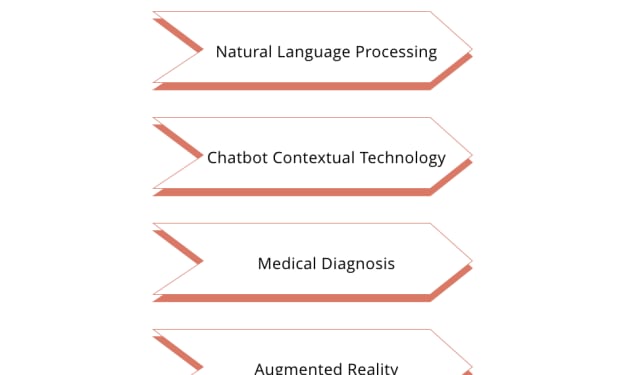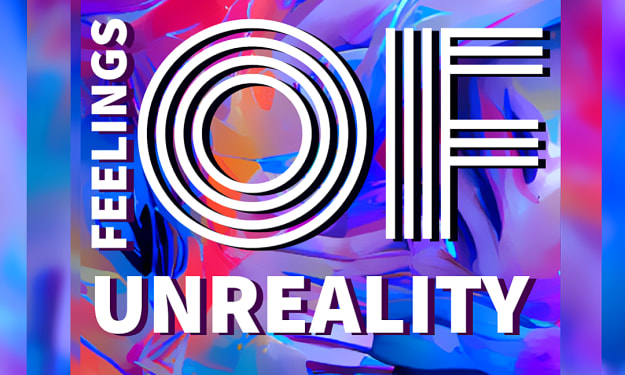What's it like to use a virtual reality headset in 2016?
What is the experience of using a virtual reality headset in 2016?

There's no shortage of virtual reality headsets available. In fact, there's a wide range to choose from. From cardboard goggles (Google Cardboard) to more expensive headsets such as the HTC Vive, Samsung Gear VR and even Google's Daydream View. So how can you determine which headset is best for your needs?
What vr is, and how it works
What is virtual reality? Virtual reality (VR) is a technology that uses headsets to create the illusion of being in a different world. You can think of it like a full-sized computer screen, except it's strapped to your face. VR headsets are able to trick your brain into thinking you're somewhere else by displaying new images and sounds on the screen, which correspond with the movement of your head.
For example, if you turn your head to the left while wearing a VR headset, then the image on screen will move to the left as well. How does virtual reality work? The most common form of VR right now uses 'active' headsets that use motion sensors built into their hardware.
These track when you move your head around and adjust what you see on screen accordingly — though some also come with handheld controllers so you can interact with objects in the virtual world by moving them around in real life too. Other types of VR don't rely on motion sensors at all; instead they use 'passive' headsets that work by splitting each eye into two separate images (or even more if you want).
The experience of wearing a vr headset
Virtual reality headsets are something of a novelty right now, but the technology is rapidly improving. Oculus Rift and HTC Vive are both impressive pieces of kit, but they're not perfect — you need to have a powerful computer and enough space to move around in. But what's it like to use a virtual reality headset in 2016? I've been using the PSVR for a few months now and have some thoughts on the experience.
The first thing you'll notice is that putting on the headset can be quite difficult. The PlayStation VR uses an external camera to track your position in space, which means there's no need for cables or any tethering to your PC or console. It also means that you can only use it for games that support it natively — so far just three titles (Until Dawn: Rush of Blood; Job Simulator; Here They Lie).
The good news is that once you get used to how everything works it becomes second nature. And once you get past the initial setup issues things start getting pretty cool.
Ease of use and setup
There are plenty of virtual reality headsets available. The three major players are the Oculus Rift, HTC Vive and PlayStation VR. They all have their own strengths, weaknesses and features that set them apart from each other. The Oculus Rift is a $600 headset with built-in headphones, two tracking sensors and an Xbox One controller.
If you already have a gaming PC with powerful graphics capabilities, then this is probably the best choice for you as it offers the most immersive experience for the price. The HTC Vive costs about $800 and comes with two controllers and two base stations that track your movements in space.
It's also one of the few VR headsets that supports roomscale tracking — meaning you can walk around your room while wearing it — but this requires more room than just standing in place like on other headsets. Finally, there's PlayStation VR which costs about $400 and uses one game controller instead of two like on Oculus or HTC Vive.
Which headset should you buy?
The first thing you'll notice when you put on a VR headset is that the world around you disappears. You're transported to another place or time entirely. It's not unlike the feeling you get when reading a good book: Your mind is focused on the story, not the world around you.
But unlike a book, VR allows you to actually see this new environment and interact with it. If you have ever used Google Cardboard or Samsung Gear VR, your experience with virtual reality will be much more immersive. The higher resolution of newer headsets means everything looks sharper, and there are more features like head tracking and positional tracking (so your movements translate into the virtual world).
The best way to understand what's possible with VR is to try it for yourself!
All in All...
As a final note, it's worth mentioning that the VR market is extremely young, and a lot of major improvements are expected over the next few years. However, that doesn't mean virtual reality headsets aren't viable tools for our daily lives already. Many tech enthusiasts have already adopted VR in one form or another; some stick with the mobile version for convenience, others buy relatively inexpensive headsets for their PCs.
Whichever headset you choose to get, it's worth keeping an eye on this technology as it develops in the coming years. We may be seeing a dramatic shift in how we interact with computers and media by 2030.
About the Creator
Marie-Thérèse Robineau
💬 Hello, I'm Marie-Thérèse 👋 I write about VR and software in general. Enjoy my articles !!






Comments
There are no comments for this story
Be the first to respond and start the conversation.